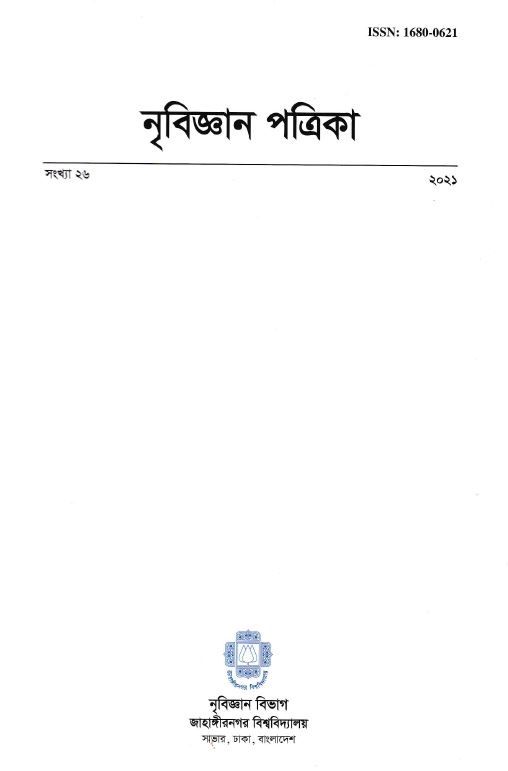Community Resilience to Disaster Risks Management A Study on Agricultural and Rural Livelihoods
Main Article Content
Abstract
Bangladesh has been experiencing frequent floods since hundreds of years and people are coping with flood disaster risks with their conventional indigenous knowledge and skills learnt through frequent coping practices. The flood affected people are neither well aware of the disaster ‘concept’ and ‘weather nor effective preparedness measures other than conventional coping mechanisms to protect their agricultural and other livelihoods. Raising plinths of homestead without following scientific process, but considering water level of the ever largest flood 1998 as the ‘standard’ and preparing mancha inside houses during flood for living, cooking, and protecting household properties were the common conventional coping measures. The community people generally lacked capacity in protecting agricultural field crops of charland as flood water hit directly due to lack of protective measures (e.g.; embankment) and damaged crops fully including other livelihoods, remarkably. The farmers were unaware of short-duration, flood tolerant or adaptive crop variety. Collective initiatives towards disaster preparedness by the affected community, local non-government organizations or local government were almost absent with little exception to protect their livelihoods and household properties showing no/or very poor implications on capacity building of households and community or local institutions.

